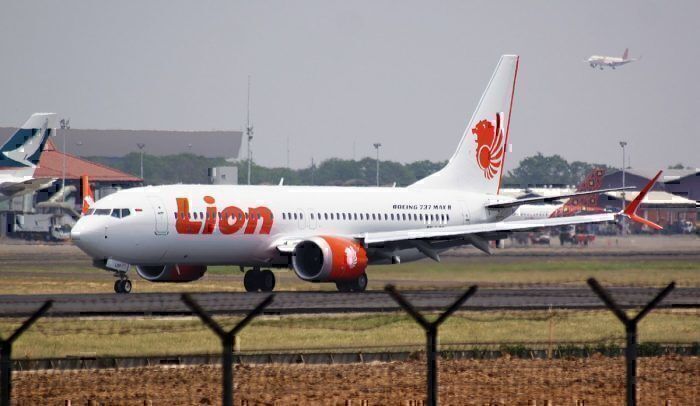The FAA yesterday (23/10/19) issued an Emergency Airworthiness Directive (AD) following engine failure of a Thai B777 three days ago. The EAD instructs operators of GE90-115B turbofan engines to make critical changes to the assembly.
On October 21st, we reported an engine failure of Thai Airways flight TG970. The aircraft (registration HS-TKL) abandoned take-off after a loud “bang” was heard and felt moments before V1.
The aircraft returned to the airport terminal. A subsequent inspection revealed a large hole in the port engine. The engine was deemed to have suffered an uncontained high-pressure turbine failure. The failure resulted in debris impacting the fuselage.
The FAA’s issuing of the EAD represents the seriousness of the failure. Had it occurred at altitude and speed, the failure may have resulted in a greater force of impact. According to the details of the AD, the FAA considered the possibility that a mid-flight fault of the same magnitude could have resulted in the downing of the aircraft.
We have contacted Thai Airways but have not yet received a reply.
Emergency Airworthiness Directives
EADs are commonly issued in light of a fault occurring that bears significance to future flights. Should the condition of an aircraft be revealed by inspection or by failure to require immediate attention, an EAD will be issued.
On November 7th last year the FAA issued an EAD for Boeing’s MAX type after the loss of Lion Air flight J610. The directive came after the discovery of a potential link between an “erroneously high single angle of attack sensor input” and the loss of the flight, writes International Flight Network.
24 hours prior to the 2018 EAD, Boeing had issued an operations manual bulletin. It warned MAX operators of potential malfunctions of the AOA display.
In the case of the Thai flight, the damage sustained to the 777-300ER’s port engine was caused by a high-pressure turbine failure. This was likely due to the malfunction of an interstage seal assembly, according to the FAA.
As a consequence, the EAD relates specifically to GE90-115B model.
Writes the FAA, “This AD requires the removal from service of the GE GE90-115B model turbofan engine Interstage Seal, part number 2505M72P01, from the affected engines”.
EADS are effective from the date of notification of the issue. Of this particular directive, operators and maintenance organizations have 30 days in which to rectify the fault.
Blade containment
The wider concern is of the potential for damage caused not just to the fuselage but also the adjacent engine and airframe components.
The loss of United Airways Flight 232 in July 1989 was pivotal. It caused the FAA to demand that aircraft engines must be able to withstand high-speed liberation of debris. This would be in the event of the disintegration of parts of fan, compressor and turbine blades.
However, despite more stringent regulations on the design of aircraft engines, failures are clearly still possible.
An inflight emergency, onboard a Southwest Airlines flight from New York to Dallas in April last year, prompted the FAA to issue an AD in respect of the CFM56-7B. A fractured fan blade from the port high bypass turbofan engine resulted in the inlet cowl disintegrating and debris penetrating the fuselage. One passenger died as a result of the liberation.
That the recent engine failure took place on the ground and at a relatively slow speed is fortunate. The event certainly does not warrant histrionics. However, the FAA’s timely issue of the EAD should trigger not just a ubiquitous analysis of the GE90’s seal assemblies but also of all critical components within the world’s most powerful jet engine.



